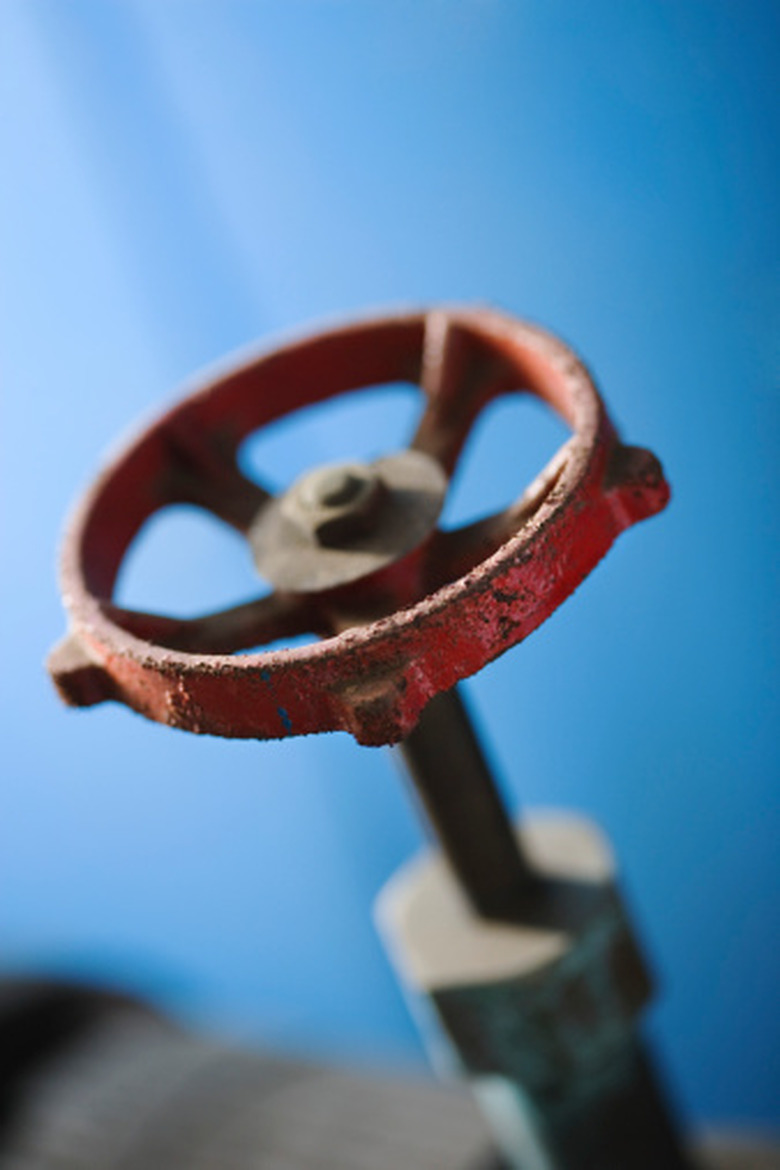How To Calculate Orifice Size
When creating a piping system, it's important to know how large your restrictive device, or orifice, should be because it determines the appropriate pressure level and flow rate of the system. There are a few reasons why you might want to install an orifice, which include increasing the line pressure and decreasing the flow through the line. You can calculate the orifice size using a formula, but you will need to know a few key numbers before you begin.
Step 1
Write down the flow of the liquid that will be going through the piping system in cubic feet per second. For example, the flow of the liquid in a system might be 8 cubic feet per second.
Step 2
Write down the velocity of the liquid flowing through the piping system in feet per second. The velocity of the liquid in the system described in Step 1 might be 2 feet per second, for example.
Step 3
Divide the flow of the liquid by the velocity of the liquid to determine the area of the orifice in square feet. In the above example, you would divide 8 by 2. The total area of the orifice would be 4 square feet.
Cite This Article
MLA
Whitehouse, Jordan. "How To Calculate Orifice Size" sciencing.com, https://www.sciencing.com/how-8637583-calculate-orifice-size/. 7 August 2017.
APA
Whitehouse, Jordan. (2017, August 7). How To Calculate Orifice Size. sciencing.com. Retrieved from https://www.sciencing.com/how-8637583-calculate-orifice-size/
Chicago
Whitehouse, Jordan. How To Calculate Orifice Size last modified March 24, 2022. https://www.sciencing.com/how-8637583-calculate-orifice-size/
